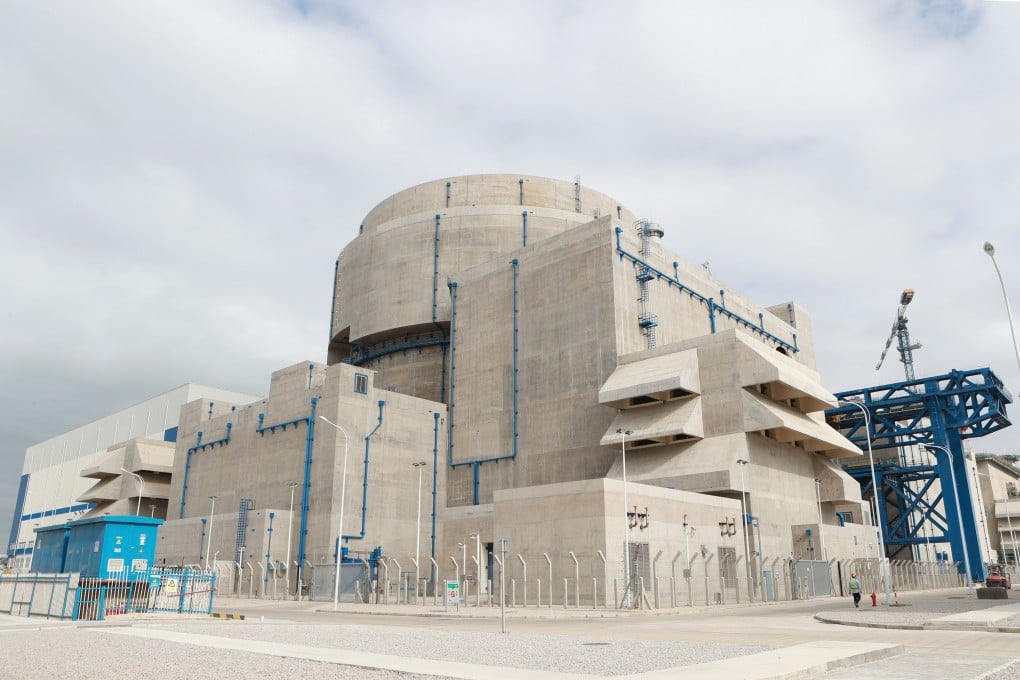China powers up Hualong One, the first Chinese-developed nuclear reactor
- Further tests needed but plant expected to go into commercial use by the end of the year
- Milestone comes as Beijing tries to reduce country’s reliance on foreign technology and meet carbon targets

The reactor, which was connected to the national grid on Friday, can generate 10 billion kilowatt-hours of electricity each year and cut carbon emissions by 8.16 million tonnes, according to China National Nuclear Corporation (CNNC).
“This marks China breaking the monopoly of foreign nuclear power technology and officially entering the technology’s first batch of advanced countries,” CNNC said.
Nuclear plants supplied less than 5 per cent of China’s annual electricity needs in 2019, according to the National Energy Administration, but this share is expected to grow as Beijing attempts to become carbon neutral by 2060.
Reducing its dependence on Western allies in critical hi-tech sectors such as power generation is a key goal in Beijing’s “Made in China 2025” plan.
Billions of dollars in state subsidies have been given to Chinese companies to speed the process – a move that has angered China’s trade partners and sparked a protracted trade row with Washington.
Work on the Hualong One reactor started in 2015 and six others using the technology were under construction at home and abroad, state-owned plant operator CNNC said.